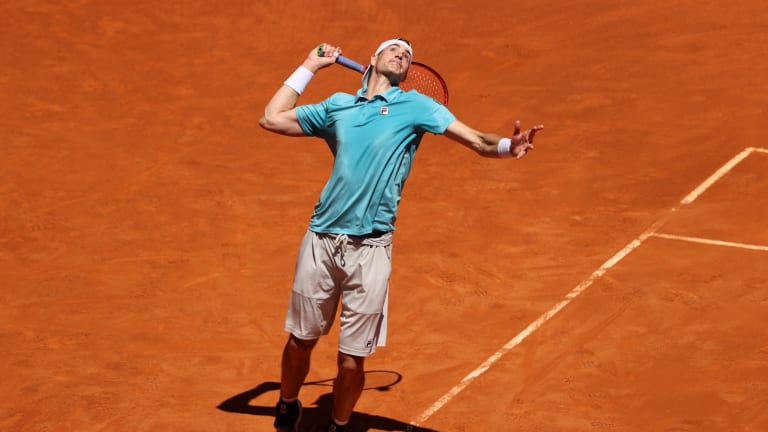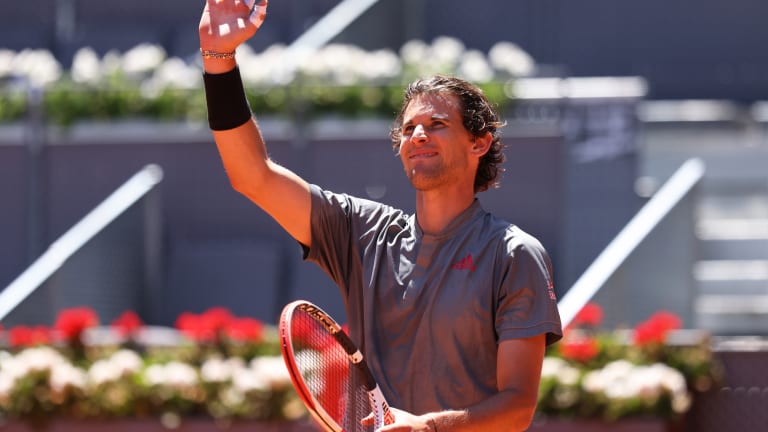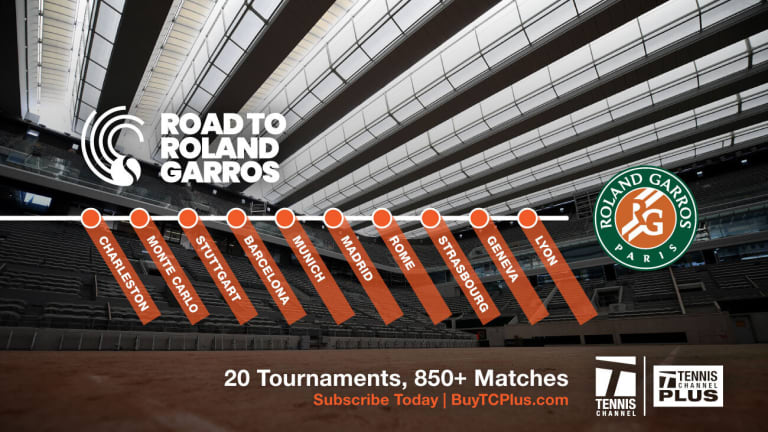Dominic Thiem steps up to Isner challenge, kickstarts clay ascendency
By May 07, 2021Wimbledon
Debating best-of-three sets vs. best-of-five
By May 21, 2021Wimbledon
The Tennis Conversation: Tim Henman
By May 21, 2021The Pick: Lorenzo Musetti vs. Sebastian Korda, ATP Lyon second round
By May 18, 2021In Geneva, Roger Federer loses clay-court comeback to Pablo Andujar
By May 18, 2021The Pick: Jannik Sinner vs. Aslan Karatsev, ATP Lyon first round
By May 17, 2021Officials deny that 2022 Australian Open could move
By May 17, 2021Week in Preview: Serena, Federer lead stars tuning up for French Open
By May 17, 2021Nadal finds the final answer for Djokovic in roller coaster Rome final
By May 16, 2021Rafael Nadal battles past Novak Djokovic to win Rome for 10th time
By May 16, 2021Dominic Thiem steps up to Isner challenge, kickstarts clay ascendency
The reigning US Open champion has long been at his best on clay, and silenced any lingering doubts about his fitness and motivation by reaching a fourth Mutua Madrid Open semifinal.
Published May 07, 2021
Advertising

Dominic Thiem steps up to Isner challenge, kickstarts clay ascendency
© Getty Images
Advertising

Dominic Thiem steps up to Isner challenge, kickstarts clay ascendency
© Getty Images
Advertising

Dominic Thiem steps up to Isner challenge, kickstarts clay ascendency